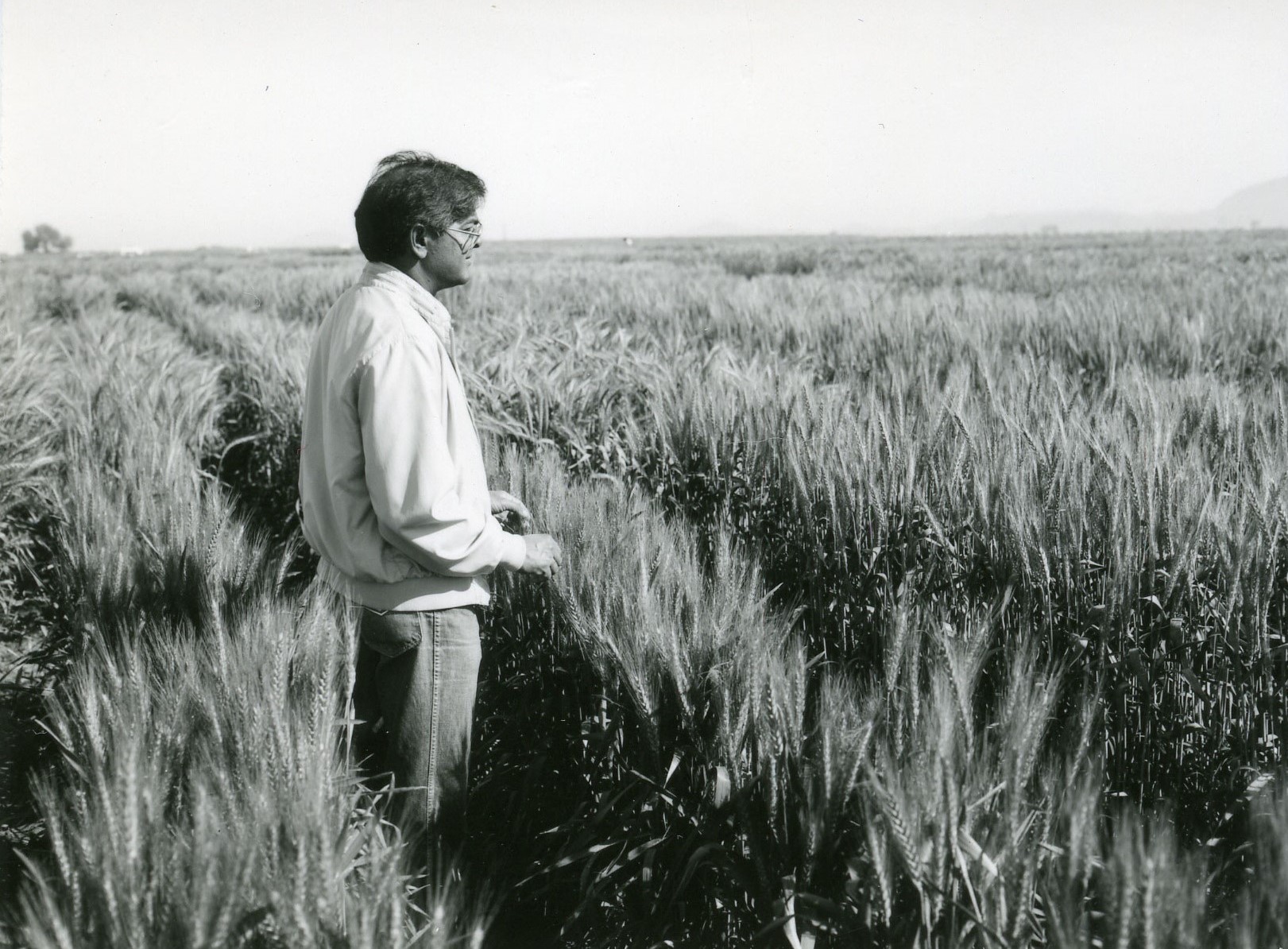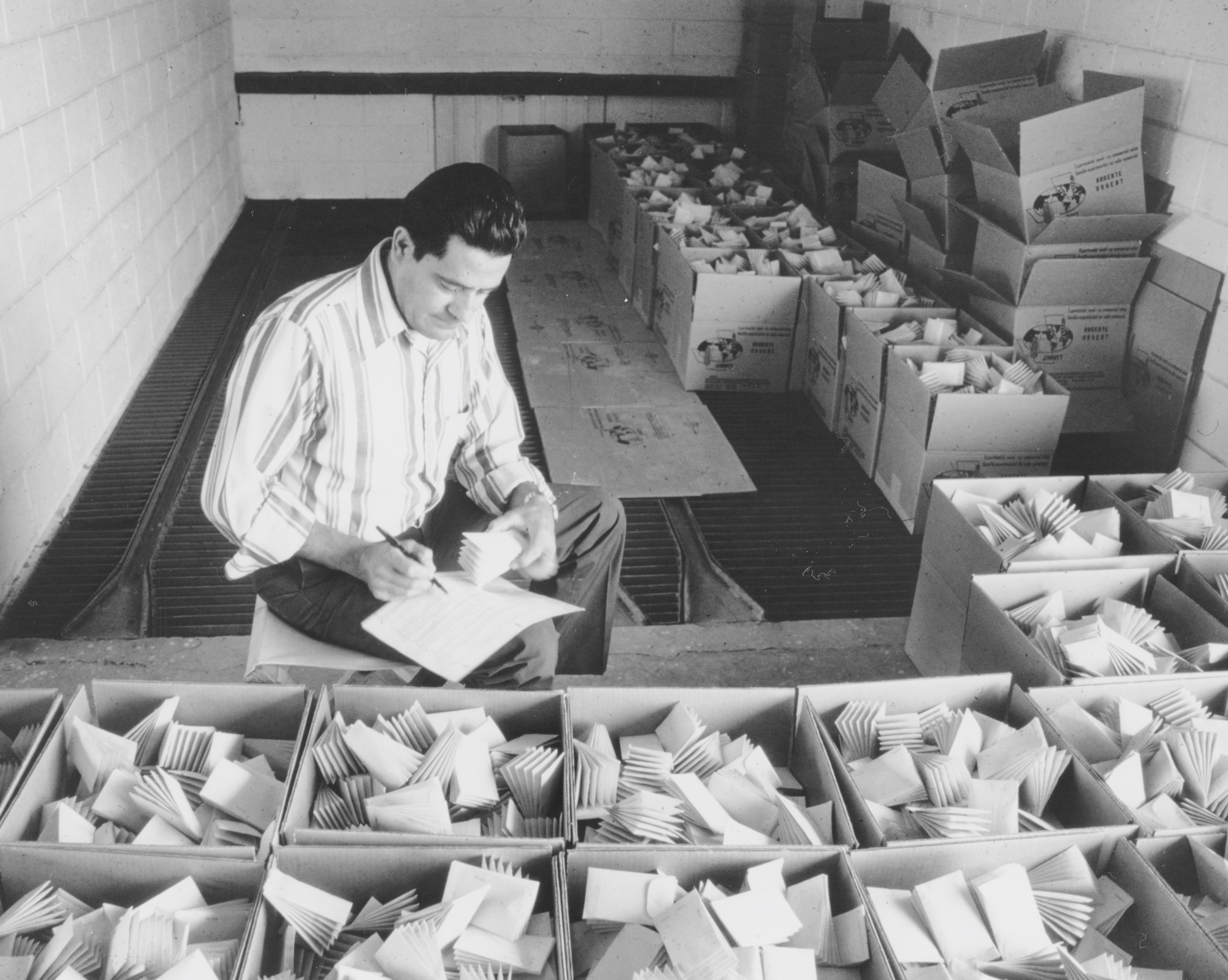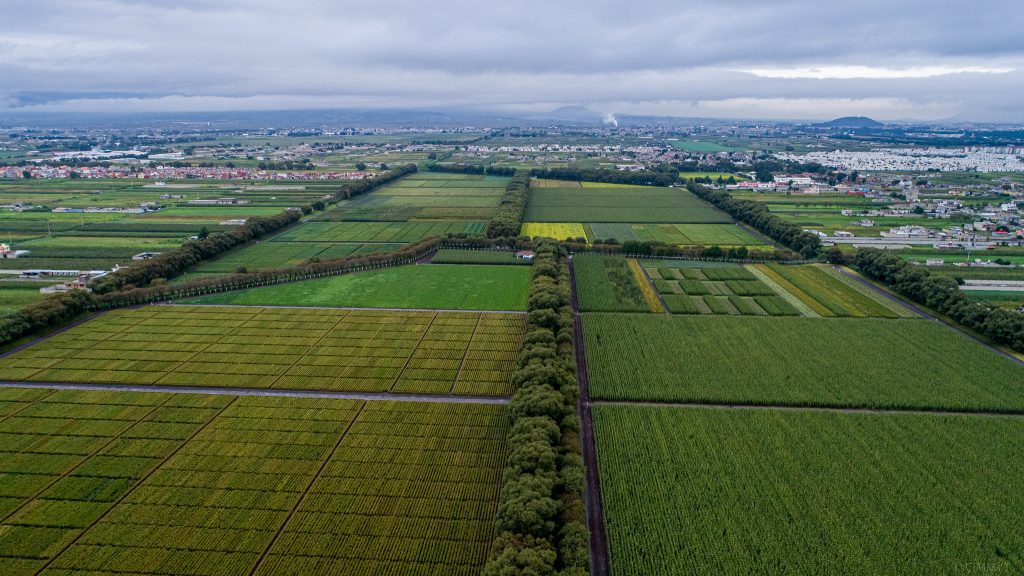
The International Maize and Wheat Improvement Center (CIMMYT) will rename one of its most historic and successful wheat experimental stations in honor of Sanjaya Rajaram, a former Wheat Program director, distinguished scientist and World Food Prize laureate.
Rajaram, one of the most successful and influential wheat breeders ever, passed away in Mexico on February 17, 2021. The wheat experimental station managed by CIMMYT in Toluca, Mexico, will be renamed “Centro Experimental Sanjaya Rajaram” in his honor.
Rajaram joined CIMMYT in 1969, working alongside Nobel Prize Laureate and scientist Norman Borlaug in Mexico. Recognizing his talent and initiative, Borlaug appointed Rajaram as head of CIMMYT’s wheat breeding program when he was 29 years old. His career accomplishments include overseeing the development of more than 480 high-yielding, disease-resistant wheat varieties, which are sown today on 58 million hectares in 51 countries.
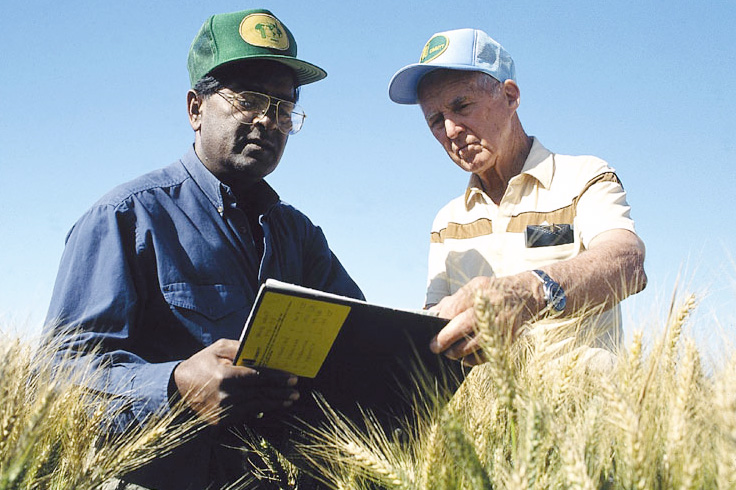
The wheat experimental station is located on the outskirts of Mexico’s fifth largest city, Toluca, about 60 kilometers southwest of Mexico City. It is a key testing location in the shuttle breeding process that Borlaug developed in the 1960s in his quest for high-yielding wheat to avert global famine — a breeding process that successfully continues to this day. It is also the site where Borlaug famously received news of his 1970 Nobel Peace Prize win.
“Dr. Rajaram was a world-renowned wheat breeder and scientist and a true hunger fighter. In 2014, he was recognized with one of the highest honors in agriculture, the World Food Prize, in acknowledgement for improving the lives of hundreds of millions of people through his work on high-yielding and disease-resistant wheat varieties grown on more than 58 million hectares throughout the world,” said CIMMYT Director General Martin Kropff. “He was an inspiring and cherished presence at CIMMYT for 40 years. His loss is felt by all of us and I am delighted to be able to honor him this way.”
“It is only fitting that a wheat experimental station crucial to Borlaug’s pioneering work be named for Dr. Rajaram, who followed in his footsteps,” said CIMMYT Chief Operating Officer, Deputy Director General for Research, and Integrated Development Program Director Bram Govaerts.
A virtual event to remember Rajaram and officially dedicate the Toluca station in his honor is tentatively planned for May.
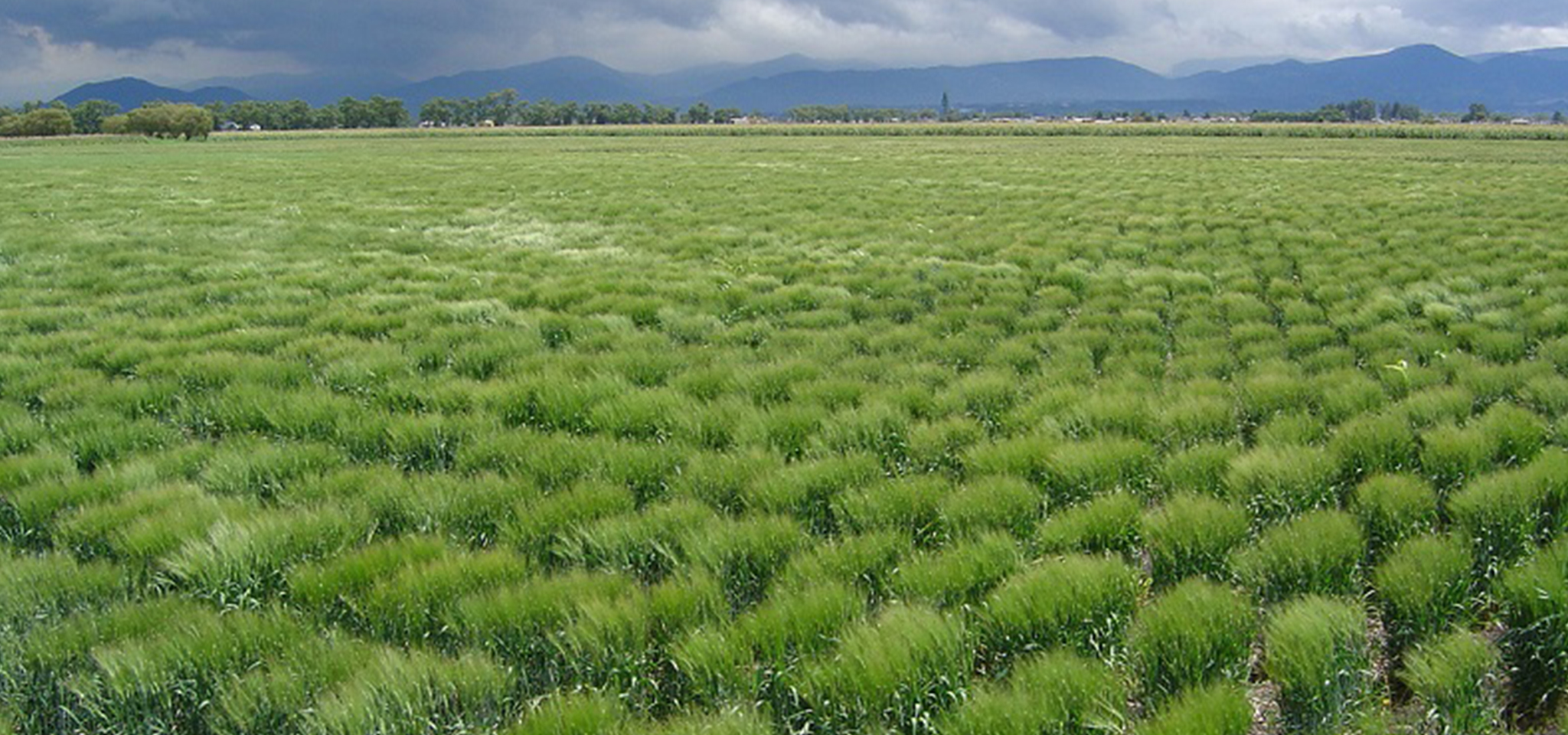
 Innovations
Innovations 